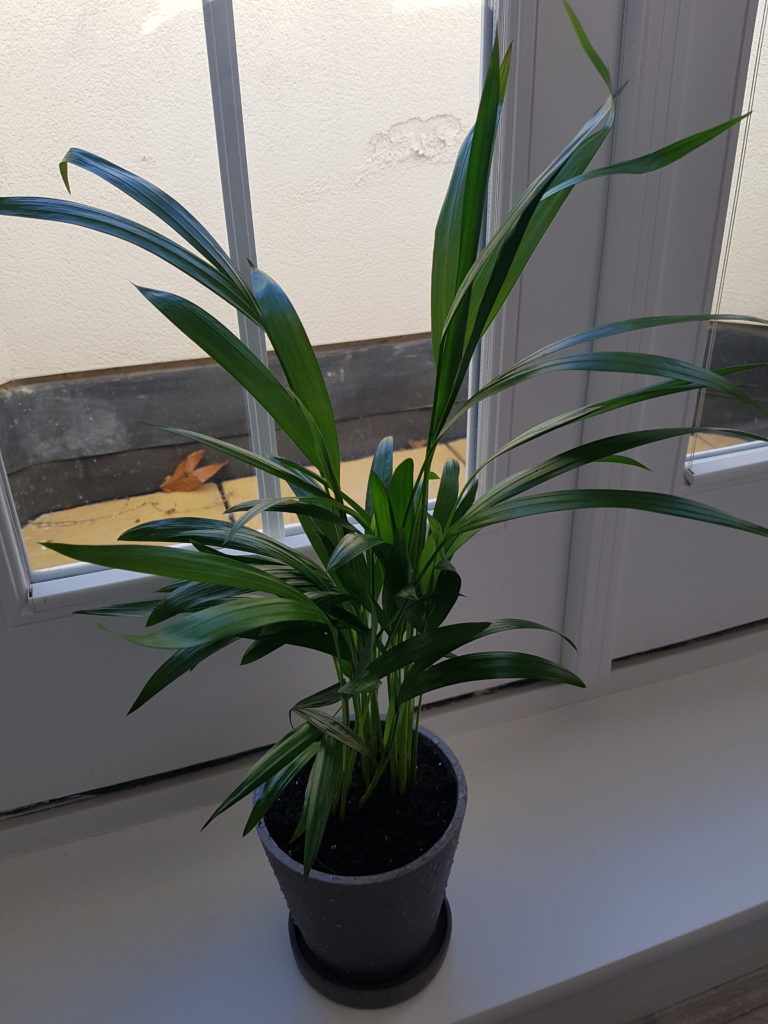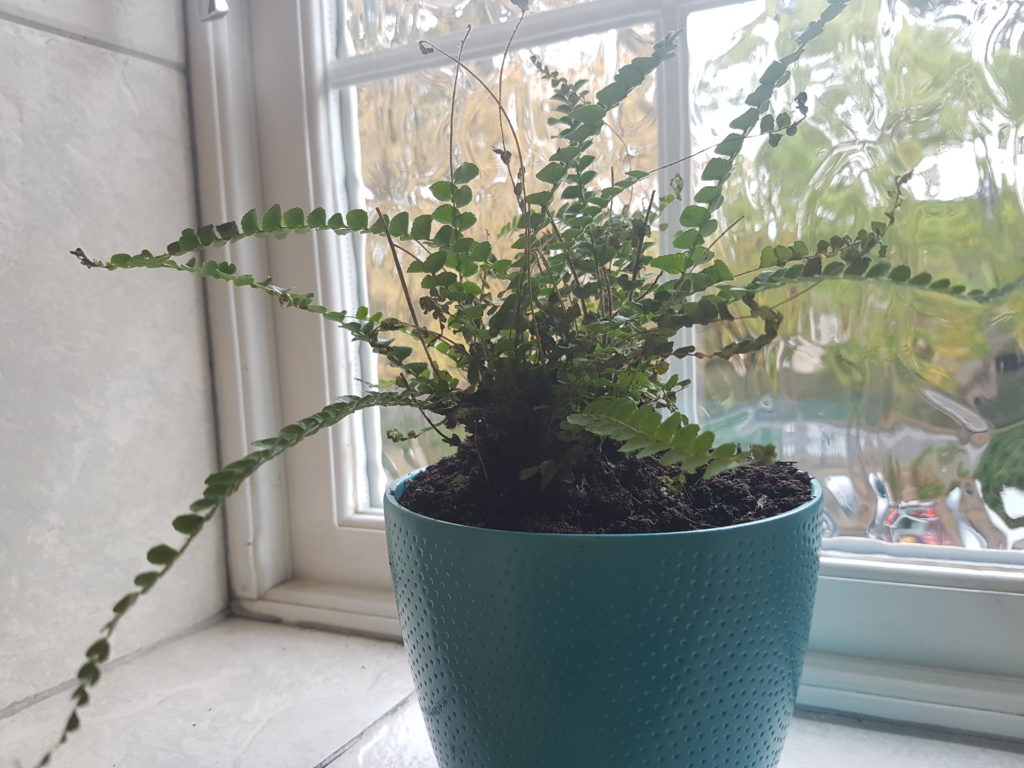My love for plants
For as long as I can remember, I’ve loved the idea of having a garden with lots of plants that are gorgeous to look at. In recent years, I’ve also wanted the plants to be good for the bees, easy to maintain and for them to last i.e. perennials which live for two years or more. Others live for a year (annuals) or less i.e. biennials.
I fulfilled this desire when we lived in a house, however, other than that, we’ve lived in flats, so my interest has shifted to indoor plants.
I soon discovered that there are different rules and considerations for watering indoor plants.
Some of the best tips I’ve learned
I popped into my local Squires recently because I concerned about a plant that is very sick. I spoke to a lady called Tina and am very grateful for it. Within 5 minutes she told me how to help my ZZ plant recover and what to do with a couple of other plants that aren’t flowering. Here’s a summary of what we discussed:
- if the tip of the leaves are going brown, you’re over-watering it
- if you push your finger into the soil and it’s completely ‘clean’ when you pull it out, it needs watering
- if you push your finger into the soil and there’s soil on your finger, the plant has enough water
- if you push your finger into the soil and there’s soil on your finger and it’s moist, the plant has more than enough water
- if you water it from the base of the pot i.e. put water in the saucer, the roots will drink what they need
- if you water it from the saucer, don’t let the plant sit in the excess water, as this will encourage flies and rot the roots, so tip it out
- it’s good to spray the leaves as well as watering the soil
- if you’re going to use rainwater to spray the leaves, sieve it through a pair of tights, or boil it, before using it
- plants don’t like to be moved so if it’s doing well, keep it where it is
How is it possible to overwater plants?
- the plant owner may be too attentive to the plants
- the plant owner may be watering their plants regularly e.g. weekly, without checking the soil beforehand
- the plant owner may not be keeping a track of when they’re watering the plants and therefore water them every couple of days, without checking the soil (and other things discussed above) beforehand
- there may be a drainage problem
No magic formula
- the amount of water your plant needs will depend on the type of plant you have, where it is located, how old the plant is and the type and size of the pot
- the soil will affect this too because they vary in how much water they hold
- plants with large or thin leaves usually need water more often than succulent plants
- succulent plants need water but they have fleshier stems and leaves, so they can store more water than other plants
- if you tap the pot and it sounds dull, the soil is moist below the surface, so the plant probably doesn’t need watering
- if you tap the pot and it sounds hollow, watering is needed
Overwatering and underwatering
- when you overwater, the soil gets so soggy that oxygen cannot reach the roots, so they die and begin to rot
- if you overwater your plant, the soil gets clogged up, which often results in the appearance of small black flies, which are likely to be fungus gnats
- when plants have been overwatered, they may wilt and seem to be in need of water, even though the soil is wet
- the soil will appear green (with algae) if it’s overwatered
- when a plant has been overwatered the leaves will feel soft and limp
- if the plant’s growth is stunted, it’s probably been watered too much
- yellowing leaves are a symptom of overwatering
- if young and old leaves are falling prematurely and if the buds aren’t opening, it means the plant has been watered too much
- leaves can turn brown and wilt when plants have been overwatered and underwatered too
- when a plant has been underwatered the leaves feeling crispy
- leaves can fall when plants are watered too much and too little
Drunk plants
When the soil is too dry
- if the soil dries out too much, it can shed water i.e. the water may run out the drainage holes as soon as you begin watering it
- if the above happens, add water slowly, so that soil has a greater chance to absorb the moisture.
- if the soil has pulled away from the sides of the pot; before watering it, push the soil back in place, to prevent the water pouring straight down the gap and into the saucer
- if the water won’t penetrate the soil on the surface, it’s because it’s become excessively dry, possibly because the soil has too much clay, or because it’s bone dry.
- to combat the above, prick the surface with a fork to break it up a little and try watering again
What type of water
- tap water is fine if it’s not too hard
- softened water contains salt, which builds up in soil over a period of months, so that sould be avoided
- rainwater, which has been filtered is fine
- I use tap water that’s been filtered using charcoal
- use room temperature water to avoid shocking your plant
When to water
- water in the morning as this gives any moistened foliage a chance to dry out during the day
- plants with dry foliage have less chance of contracting diseases
How to water
- make sure the soil is watered evenly if you’re watering from the top of the plant pot
- use a long-spout watering can to reach all sides of a pot easily and avoid spills
Somethings that might be worth investing in
- find an inexpensive and accurate moisture meter, which will tell you how much water is in the soil
- a small watering can with a long and narrow nozzle
Good luck
Related content
Tips from Better Homes & Gardens
6 signs that you’re overwatering your plant
Signs of plants affected by too much waterÂ
How Much Water Should I Give My Plant
How often should I water my plants
How to water indoor plants
Everything you need to know about fungus gnats




